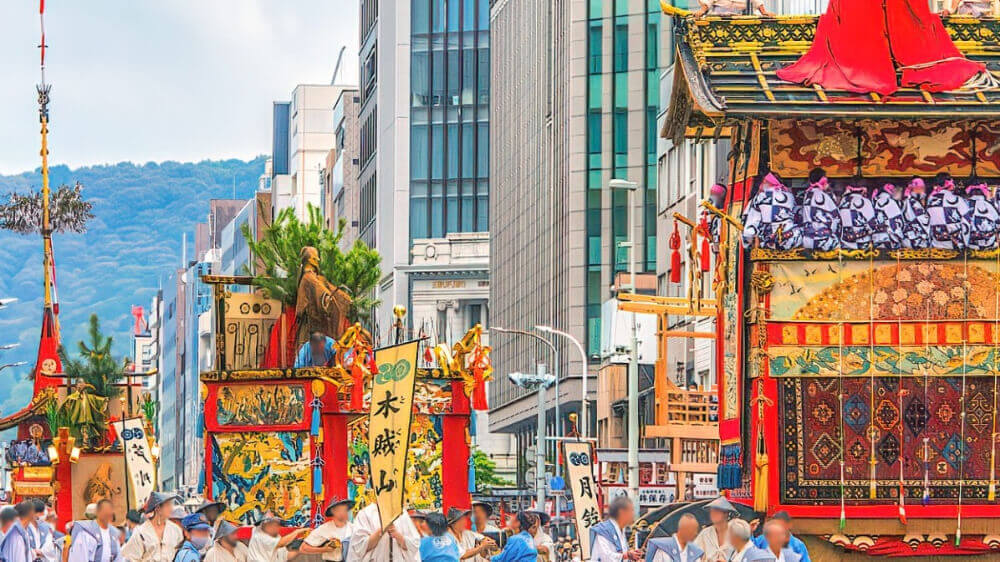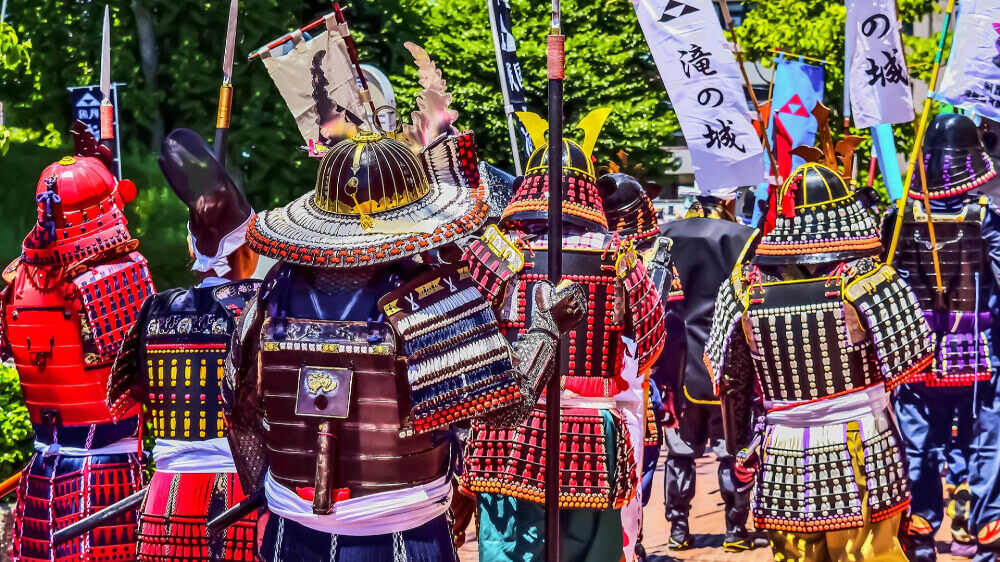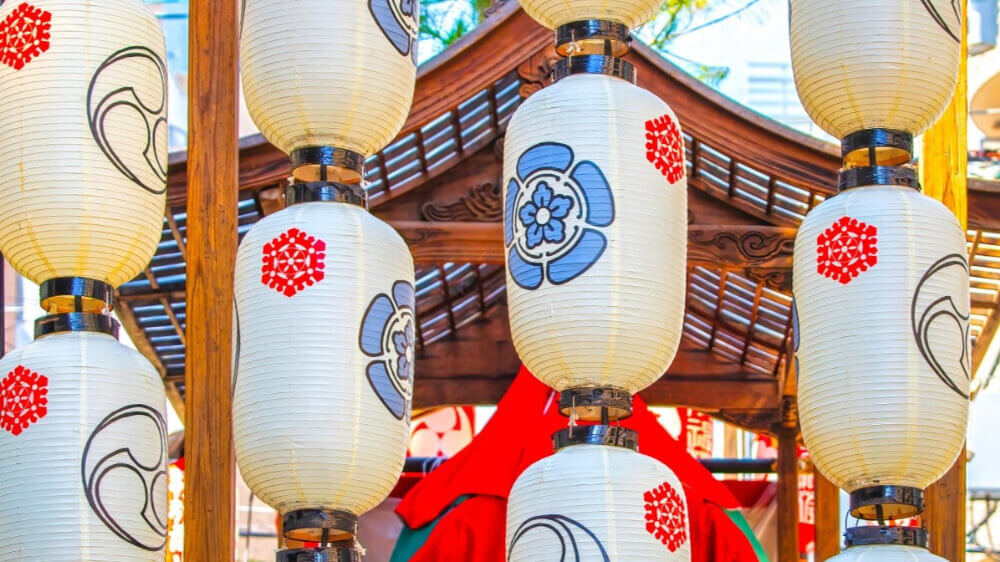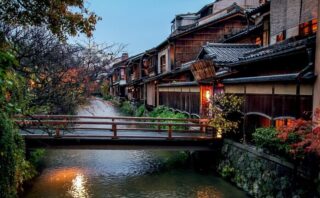As you stroll through the streets of Kyoto, you may unexpectedly feel the weight of its history. Once the capital for over a thousand years, the city still treasures and preserves many ancient customs and traditions.
Among them, the Festivals are especially important, embodying the spirit and cultural essence of the city. In this article, we will explore the charm and highlights of each of these remarkable festivals.
Kyoto and Its Festivals
Since becoming the capital in 794, Kyoto has flourished as the political, cultural, and spiritual heart of Japan for over a millennium. The city is home to an unparalleled number of shrines and temples, and the festivals deeply tied to everyday life continue to be celebrated with great reverence. These festivals are not mere events; they are sacred rituals that mark seasonal transitions, express gratitude to the deities, and strengthen community bonds.
Kyoto’s festivals carry profound meaning, rooted in centuries of history. Every detail—whether it’s the decorations, costumes, or the procession order—is carefully determined, reflecting the wisdom and aesthetic sensibility of those who came before. Experiencing these festivals offers more than just a glimpse into history and tradition—it is a journey into the very heart of Kyoto.
Among all these traditions, four major festivals stand out as the most iconic: the Gion Festival, the Jidai Festival, the Aoi Festival, and the Daimonji Bonfire Festival.
4 Major Festivals in Kyoto
Gion Festival

The Gion Festival (Gion Matsuri) began in 869 as a ritual to ward off plagues. Held by one of Kyoto’s most well-known shrines, Yasaka Shrine, it is now the most famous and grand of Kyoto’s many festivals.
Its main attraction is the Yamaboko Junko, the grand procession of elaborately decorated floats, held on July 17 (Saki Matsuri) and July 24 (Ato Matsuri). These floats, some reaching 25 meters in height and weighing as much as 12 tons, parade through the city to the sounds of traditional festival music. Like a moving art museum, it is a breathtaking sight. One highlight not to be missed is tsuji-mawashi, when the massive floats are turned 90 degrees at intersections.
On the evenings leading up to the processions, the Yoiyama festivities take place. The floats are lit up, and the lantern-lit streets create a magical atmosphere. The streets come alive with food stalls, while temples and shrines host special exhibitions of cultural treasures, offering a deeper look into Kyoto’s cultural heritage.
Dates: 1–31 July each year
Main Venue: Yasaka Shrine and central Kyoto
Website: https://kyoto.travel/en/season_festivals/gion_matsuri.html
Jidai Festival

The Jidai Festival (Jidai Matsuri) offers a unique opportunity to experience Kyoto’s historical timeline. It was first held in 1895 to commemorate the 1100th anniversary of Kyoto’s founding as the capital.
The festival’s centrepiece is the Jidai Gyoretsu (Historical Procession), where around 2,000 participants dressed in accurate period costumes march about 2 kilometres from the Kyoto Imperial Palace to Heian Shrine.
The procession is divided into eight historical periods, featuring figures from the Meiji Restoration, Edo period samurai and townspeople, warriors from the Warring States period, and nobles and court ladies from the Heian period. All costumes and props are handcrafted by Kyoto artisans, creating a living historical pageant.
Date: 22 October each year
Main Venue: Heian Shrine and surrounding Kyoto city
Website: https://kyoto.travel/en/season_festivals/jidai_matsuri.html
Aoi Festival

The Aoi Festival (Aoi Matsuri), dating back to the 6th century, is one of Kyoto’s oldest festivals, originally held to pray for bountiful harvests. Its name comes from the hollyhock (aoi) leaves worn by participants.
The festival’s highlight is the Roto-no-Gi procession, which travels from the Kyoto Imperial Palace to Shimogamo Shrine and Kamigamo Shrine. Around 500 participants don elegant Heian-era costumes and proceed gracefully through the city, offering a glimpse into the courtly life of ancient Japan. Particularly noteworthy is the Saio-dai, a woman selected to represent an imperial princess, who wears a stunning junihitoe, a twelve-layered kimono.
Leading up to the main event, several traditional ceremonies are held, such as yabusame (horseback archery, held on May 3) and the Mikage Festival (a sacred procession to bring deities from the mountains to the shrine, held around May 12), adding to the festive atmosphere.
Date: 15 May each year
Main Venue: Kyoto Imperial Palace, Shimogamo Shrine, Kamigamo Shrine
Website: https://kyoto.travel/en/season_festivals/aoi_matsuri.html
Daimonji Bonfire Festival

Alongside the Gion Festival, Daimonji Bonfire Festival (Gozan no Okuribi) is one of Kyoto’s quintessential summer events. This Buddhist ceremony is held to send off the spirits of ancestors who return during the Obon season, a traditional time for honouring the dead in Japan.
At 8 PM on August 16, large bonfires shaped like characters and symbols are lit on five mountains surrounding Kyoto city. It begins with a giant “大” (meaning “big”) character on Mt. Nyoigatake, followed by the characters “妙” and “法” (symbolising Buddhist teachings) on the hills of Matsugasaki, a boat-shaped fire on Mt. Funayama, another “大” on Mt. Okitayama, and a flaming torii gate shape on Mt. Mandara in Sagano. Each flaming symbol spans hundreds of meters, and the spectacle is both mystical and solemn.
Whether you choose to watch from a high vantage point like Kyoto Tower or the skywalk of Kyoto Station, or enjoy it alongside the floating lanterns (toro nagashi) in Arashiyama, there are many ways to take in the event.
Date: 16 August each year
Main Venues: Five mountains around Kyoto—Mt. Nyoigatake, Matsugasaki, Mt. Funayama, Mt. Okitayama, Mt. Mandara
Website: https://gozan-okuribi.com/2022/en/top.html
Kyoto’s festivals are not mere re-enactments of the past—they are living traditions. Experiencing them offers a deep and memorable encounter with the cultural soul of this ancient city.



